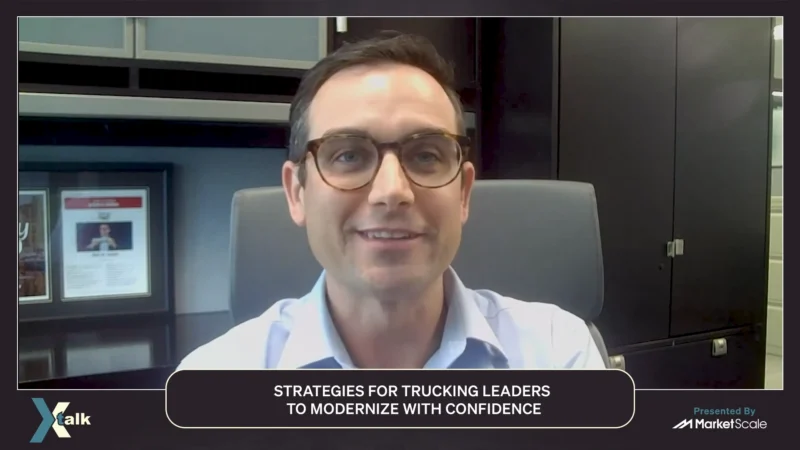Cameron Balloons | Using Hot Air Balloons for Sport, Marketing, Advertising, and Commercial Purposes, Are We There Yet?
Cameron Balloons is the World’s favorite brand of hot air balloons. And this isn’t just “hot air”! Whether for recreational fun, competition, advertising, passenger ride operations, or special-shape balloons, Cameron knows more about ballooning, and how to use balloons for sport, marketing, advertising, and commercial purposes, than anyone in the industry. And, Cameron is in fact the only brand of balloons to fly around the world, not just once, but twice! So, what a perfect company to answer this episode’s high-flying Are We There Yet? question!
While the hot air balloon was invented all the way back in 1783, it was until the last few decades that it really took off! Looking at the history of hot air ballooning, Ed Yost’s key engineering insight in the 1950’s that a hot air balloon could be made to carry its own fuel, rather than heating the air in the balloon on the ground or with an on-board fire, led to his later invention utilizing relatively light burners fueled by bottled propane making it possible for the balloonist to re-heat the air inside the balloon for a longer flight. Yost’s invention improved modern hot air balloons into semi-maneuverable aircraft, and he proved this concept by taking the first modern hot air balloon flight on October 22, 1960 in Bruning, Nebraska, flying for one hour and thirty five minutes. Shortly after this, in 1971 in fact, Cameron Balloons was established, having manufactured over 9,500 hot air balloons since then, and later opening the company’s US division, Cameron Balloons US.
So, what has elevated hot air ballooning over the past few decades? One factor is advancements in the field such as lightweight balloon materials, advanced safety measures, and innovations allowing for high-altitude, long-distance, and extended-duration travel (adventure and extreme ballooning). Other recent innovations within the field include improved burners, lightweight envelopes, and lighter baskets. Another factor elevating the overall field is the application of hot air balloons within marketing, advertising, and commercial purposes. Companies like Coca Cola, Honda, Ikea, Samsung, and Nescafe have seen great success utilizing hot air balloons within commercial purposes.
In this episode of Are We There Yet?, Host Grant Harrell explores the topic of hot air balloons with the help of special guest, Shawn Raya, Account Representative with Cameron Balloons US, hot air balloon pilot, and a key figure in the hot air balloon industry. Within their conversation, Harrell and Raya discuss:
- the history and development of Cameron Balloons and its industry achievements
- technological innovations in hot air balloons and their influence within aviation
- insights into the competitive hot air balloon scene, including the major U.S. Nationals event
Shawn Raya is a renowned leader within the ballooning industry, representing the world-favorite brand, Cameron Balloons. The company has made a significant impact in the world of aviation with its innovative hot air balloon designs, many safety records, and extraordinary achievements like circumnavigating the globe twice.




